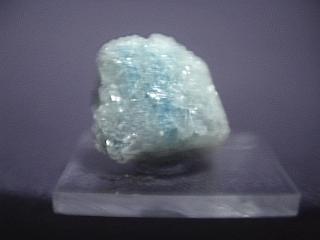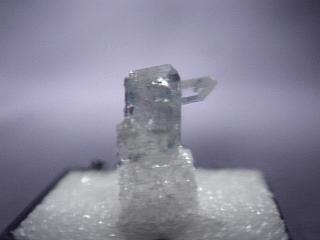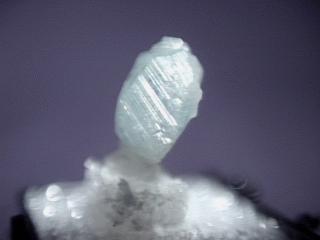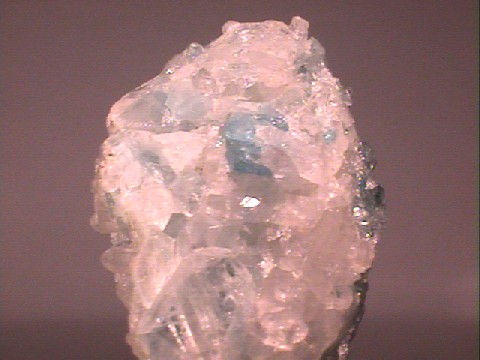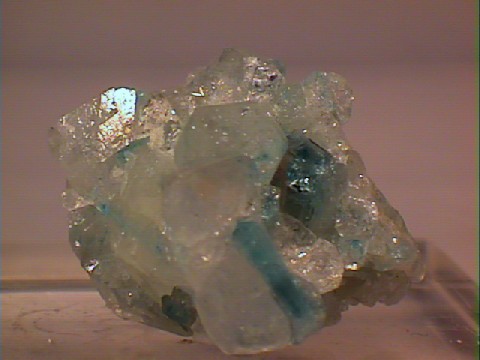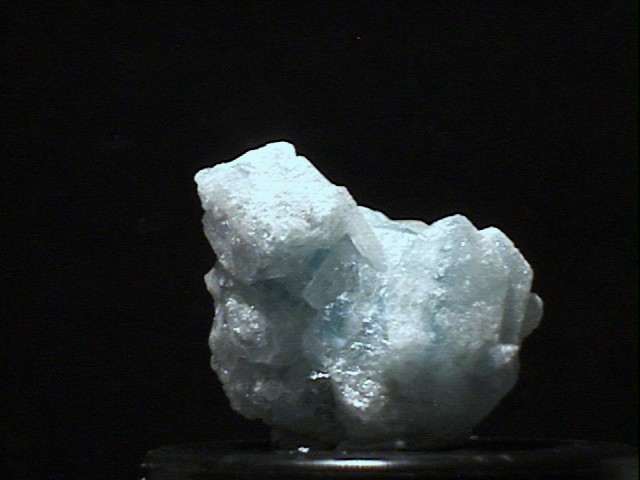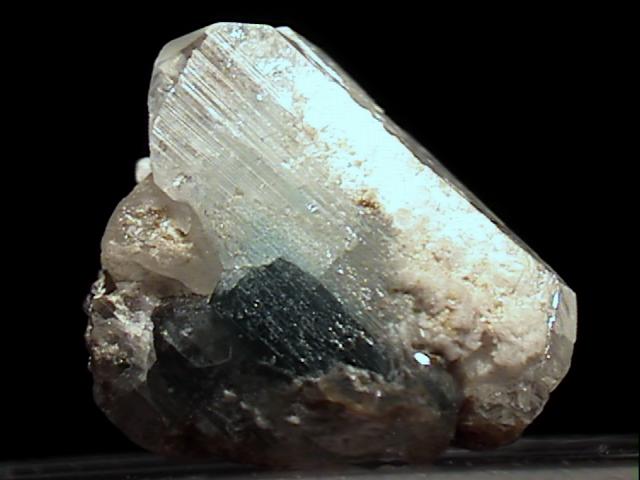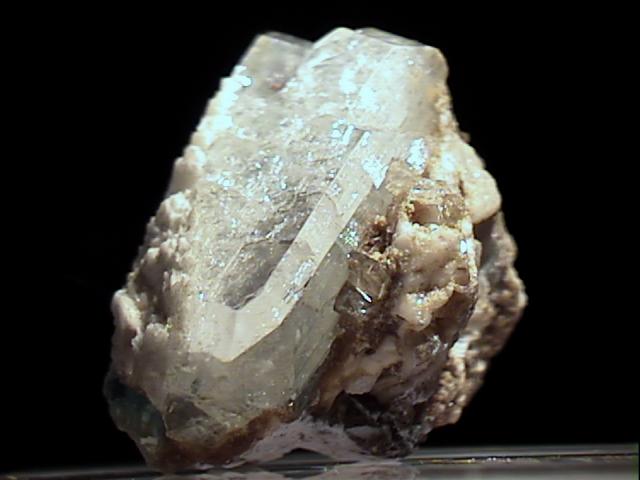 THE MINERAL EUCLASE
THE MINERAL EUCLASE
- Chemistry: BeAlSiO4OH, Beryllium Aluminum Silicate Hydroxide.
- Class: Silicates
- Subclass: Nesosilicates
- Uses: Gemstone and as mineral specimens.
Specimens
The crystals of euclase are commonly prismatic with slanted termination faces. Unlike other monoclinic minerals whose crystals will commonly look like higher symmetry crystals, euclase's crystals are distinctly monoclinic due to the slanted termination. Nice crystals of euclase are much sought after by collectors.
Euclase is found in granitic pegmatites with other gem minerals such as topaz and beryl. It is easily identified by its crystal form which can only be confused with barite or celestite but is the wrong environment for these sulfate minerals. Topaz has a completely different cleavage (basal) than euclase (prismatic). Transparent albite is softer. Euclase weathered out of source rock and transported down stream can end up being found in placer deposits with gold.
Euclase gets its name from its easy cleavage, euclase simply means easily cleaved. This is a problem for gem cutters who need to be careful of splitting an unfinished gem. It also detracts from it durability which limits its acceptance as a common gemstone. Another negative is its splotchy color distribution, but a skilled gem cutter can work a stone to its own advantage. Euclase is a real treasure in well formed crystals and in colorful gemstones.
PHYSICAL CHARACTERISTICS:
- Color includes colorless, blue-green, blue, yellow, light green and rarely purple.
- Luster is vitreous.
- Transparency: Crystals are transparent to translucent.
- Crystal System is monoclinic; 2/m
- Crystal Habits include stubby prismatic crystals with non-symmetrical slanted terminations.
- Cleavage is perfect in one direction (prismatic), poor in two other directions.
- Fracture is conchoidal.
- Hardness is 7.5
- Specific Gravity is 3.09 - 3.11 (slightly above average)
- Streak is white.
- Other Characteristics: Almost always striated lengthwise.
- Associated Minerals include micas, quartz, topaz, beryl, gold,
pericline and some feldspars. - Notable Occurrences include Ouro Preto and other areas within Minas Gerias, Brazil; Kenya; Tanzania; Ural Mountains, Russia; Germany and with emeralds in the famous mines of Columbia.
- Best Field Indicators are crystal habit, good cleavage, striations, hardness and color.

